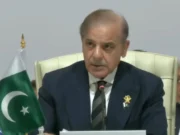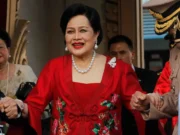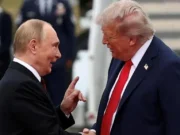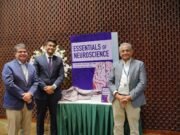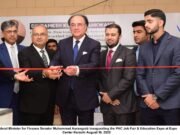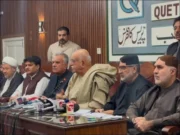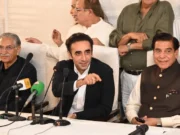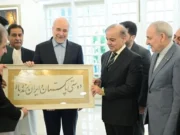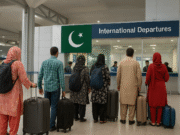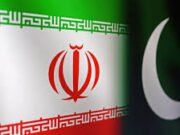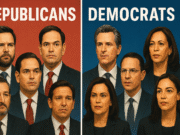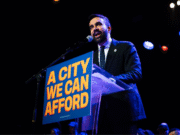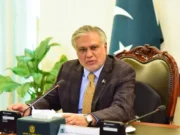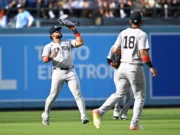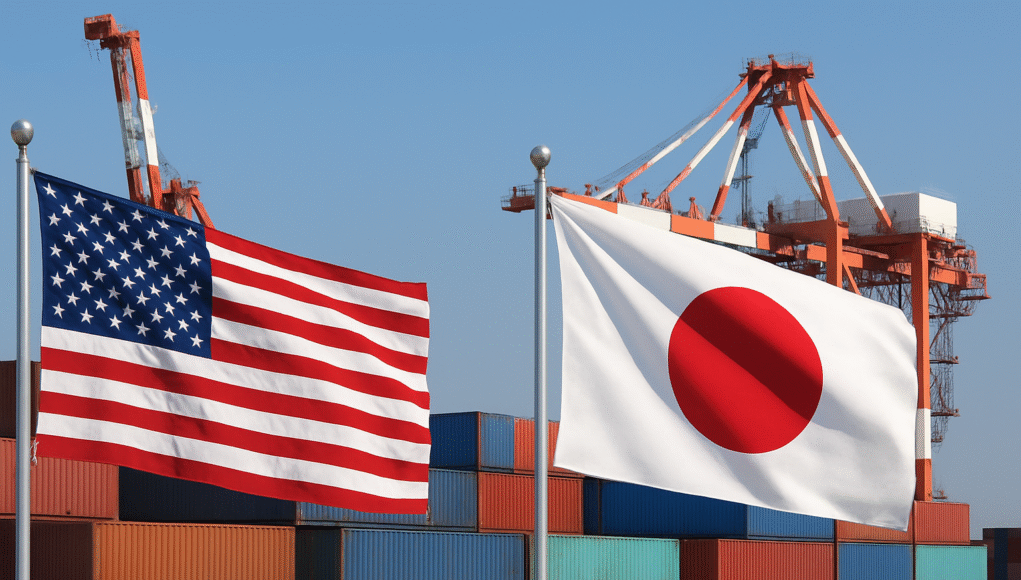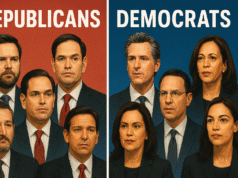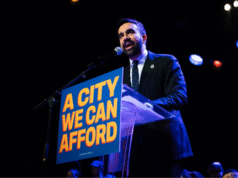Tokyo/Washington DC| Aug. 8, 2025
Tensions between Washington and Tokyo flared again this week after Japan accused the Trump administration of making an “extremely regrettable” error in the execution of a recently concluded trade deal — a mistake that sharply increased tariffs on key Japanese exports.
Ryosei Akazawa, Japan’s chief trade negotiator, said in Washington on Thursday that President Donald J. Trump had agreed to correct the issue. The misstep came just weeks after the two nations finalized a trade pact that Tokyo believed would secure a standard 15 percent tariff rate for all Japanese goods entering the United States, in exchange for Japan’s pledge to invest hundreds of billions of dollars in the American economy and open its markets to more U.S. products.
Instead, a July 31 executive order from the Trump administration imposed a “stacked” tariff rate on Japan — adding the new 15 percent levy to existing duties. For Japanese beef, that meant tariffs jumped from 26.4 percent to 41.4 percent, a blow to one of Japan’s most competitive export sectors. The order mirrored an arrangement for the European Union but did not apply the same flat-rate approach to Japan.
According to Mr. Akazawa, after his ninth round of trade talks this week with U.S. Commerce Secretary Howard Lutnick and Treasury Secretary Scott Bessent, Washington committed to issuing a corrective order “in a timely manner.” The changes would also address Japan’s demand for a reduction in 25 percent tariffs on automobiles — a major sticking point, given that cars remain Japan’s top export to North America and a critical driver of its economy.
Background: U.S.–Japan Trade Relations and Trump’s Tariffs
The United States and Japan maintain one of the world’s most significant trade relationships. In 2024, bilateral trade exceeded $250 billion, with the U.S. importing vast quantities of Japanese automobiles, machinery, and electronics, while exporting agricultural goods, aircraft, and chemicals to Japan.
Trade tensions have often centered on the automotive sector. Washington has long complained about Japan’s perceived non-tariff barriers to U.S. car imports, while Tokyo has sought relief from high American duties.
President Trump has made aggressive tariff policies a hallmark of his trade strategy, arguing that “reciprocal” rates are necessary to protect American industries. In his first term, he targeted China with sweeping tariffs and later imposed duties on steel, aluminum, and autos from allies, including Japan. Critics say these measures have sometimes been applied without careful negotiation, creating friction with long-standing partners.
The latest U.S.–Japan deal, hastily arranged to avert even higher tariffs threatened for August, left several details unclear because no public written joint agreement was released. Japanese officials have since bristled at suggestions from Washington that the U.S. would control Japan’s $550 billion investment pledge and claim 90 percent of its profits.
Shigeru Ishiba, Japan’s prime minister, is under domestic pressure for failing to secure a firm timetable for lowering auto tariffs — a key concession Tokyo thought it had gained. Political figures like Taro Kono have warned that Japan and other nations may need to form an “international convention” to resist Washington’s tariff tactics, accusing the U.S. of “shooting like-minded countries from behind.”
For now, Tokyo is waiting for the White House to make good on its promise to undo the tariff stacking — and to see whether it signals a broader thaw in the increasingly fraught trade relationship between the two allies.


